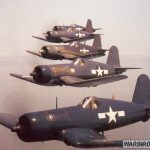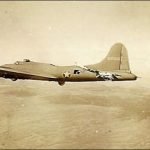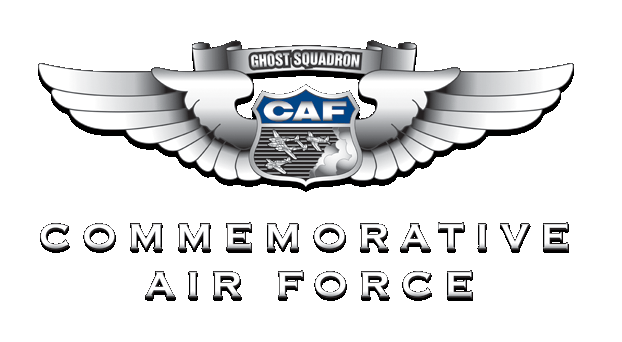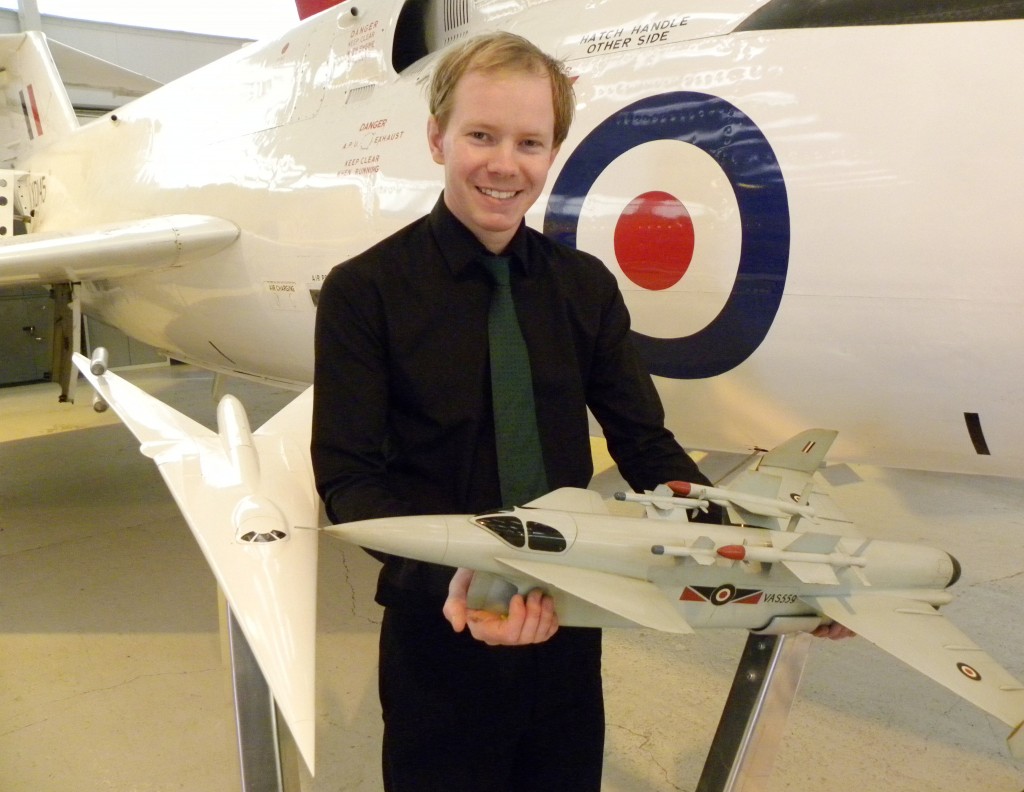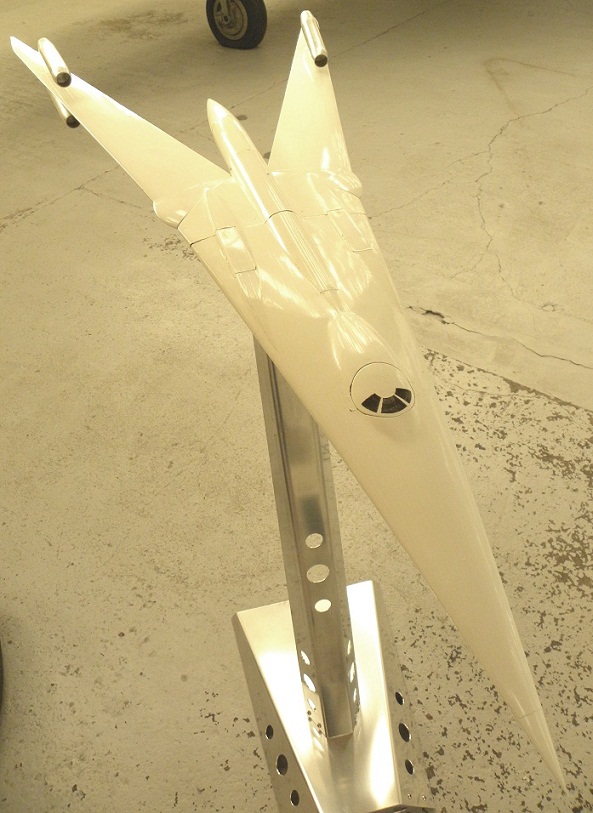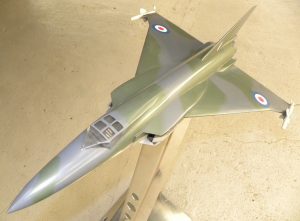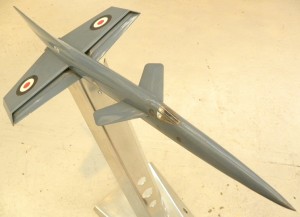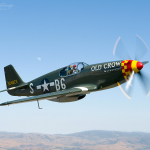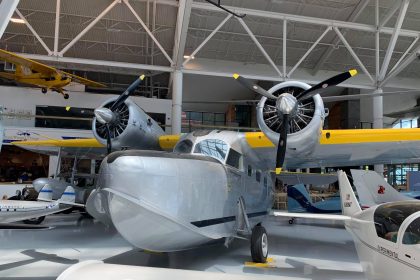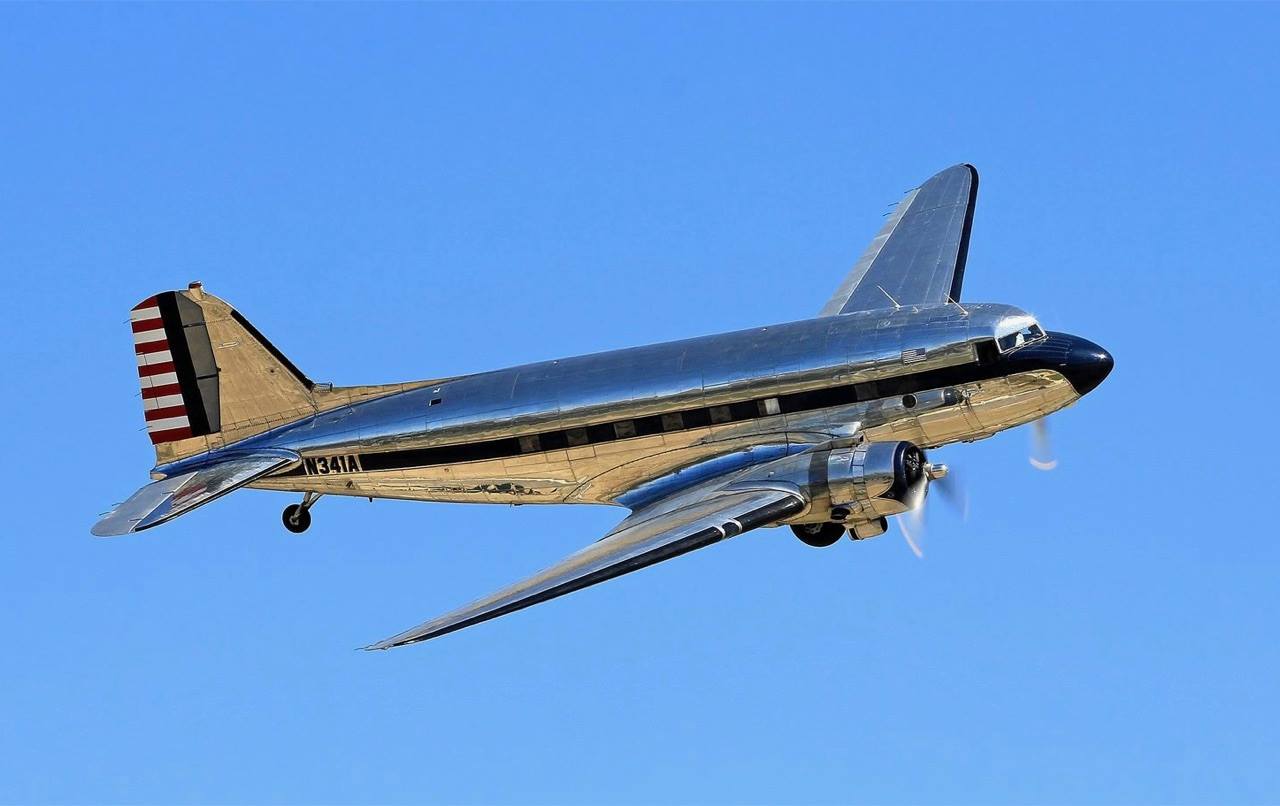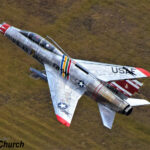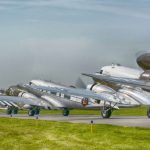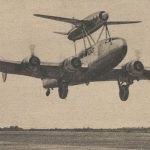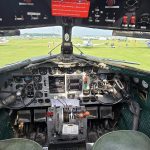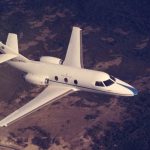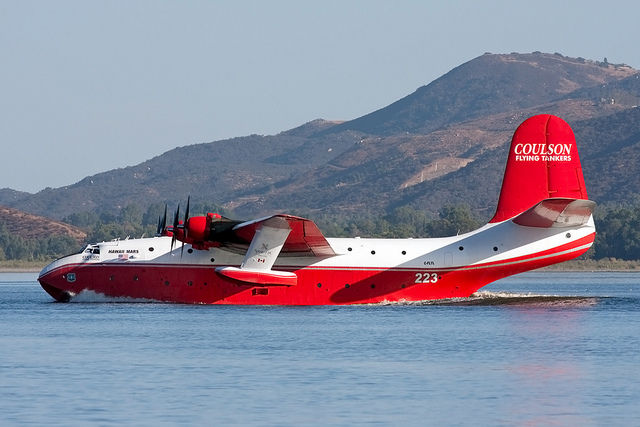(Image Credit: RAF Museum)
RAF Museum Cosford Curator, Nick Sturgess says: “The models demonstrate the forward thinking of British aircraft designers during the 1950’s and 60’s, when Britain was at its peak of the aviation industry. There are some ambitious ideas and many of the designs are very futuristic looking, even by today’s standards. Some of the models look like they could be out of a science fiction movie..”
These new additions to the Test Flight Hangar display gives the Museum the chance to bring from storage some items relating to aircraft designs held in the Museum collection. Models range in size from 2ft to 4ft and are made from, wood, plastic and metal, each with their own caption boards detailing the design concept and the expected results.
(Image Credit: RAF Museum)
(Image Credit: RAF Museum)
(Image Credit: RAF Museum)
Many of the designs were far in advance of their time and only a few made it into prototype construction before later being cancelled by the government. Those which never made it any further than design concept were ambitious and many had their setbacks, as was the case with the Vickers Type 559. This interceptor featured two de Havilland Gyron engines with afterburners and two de Havilland Spectre Junior rocket engines, whilst its design featured a Canard layout where the tail-wing was moved to the front resulting in fins being placed on the main wing tips.
Other models on display include the Bristol Type 204, a state of the art bomber; the Bristol Type 178, a rocket fighter designed to intercept high flying, supersonic bombers; the English Electric P.10, a high speed reconnaissance aircraft that would have spied on targets before and after a V-Bomber raid; the Hawker P.1103, conceived to be capable of intercepting a supersonic bomber at 60,000 feet within 20 minutes of take-off; the Fairey Delta 3, a high level interceptor designed to catch incoming Soviet bombers; the Saunders-Roe SR.177, the planned successor to the experimental rocket powered SR.53 which was cancelled during construction; The Avro 730, an ambitious reconnaissance aircraft cancelled during construction; the Armstrong Whitworth AW.681, a post war transport aircraft capable of carrying vehicles or 60 paratroopers and finally the Fairey Project 75, designed to be a lightweight aircraft with a short take off run.




